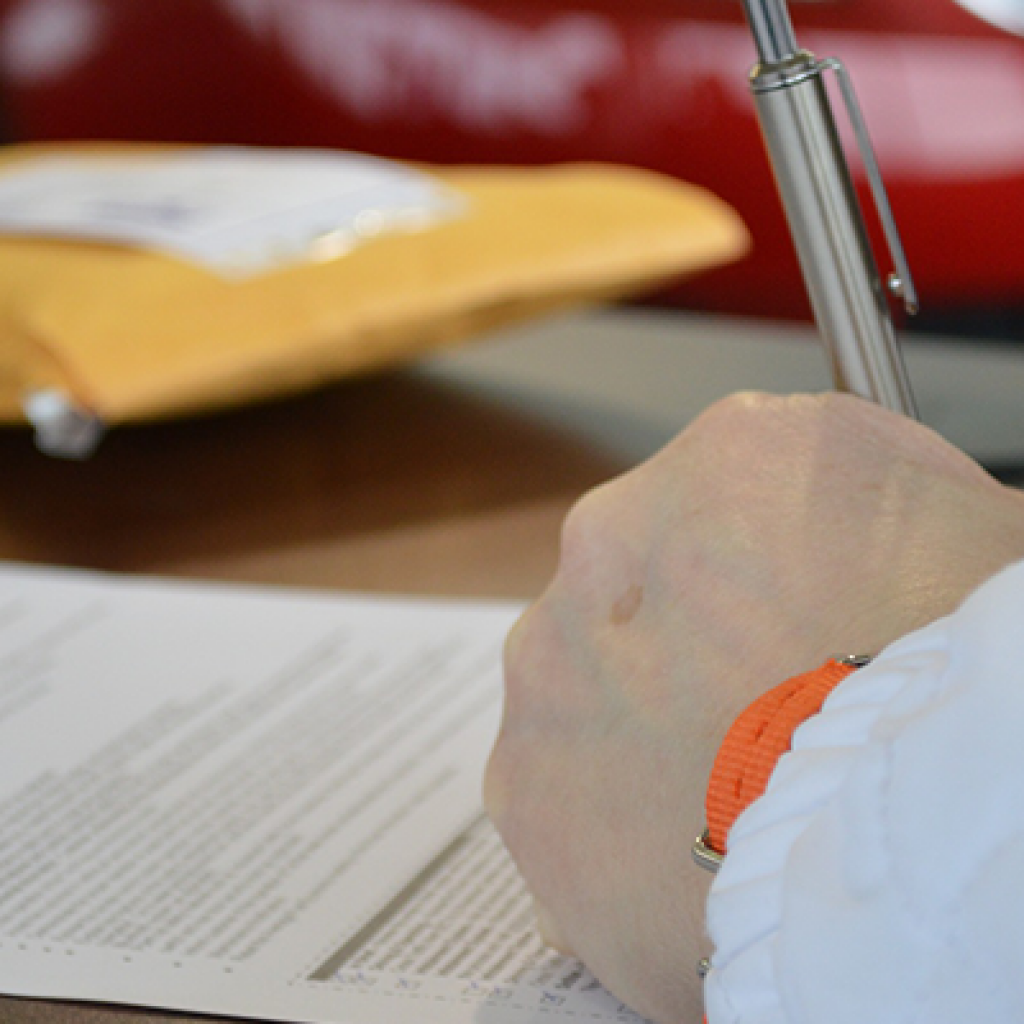Brian Rogers, a non-lawyer partner at Lewis Hymanson Small, who specialises in regulatory and compliance issues, discusses the best course of action for firms contacted by the SRA with Today’s Conveyancer.
Over the past few years any contact from the Solicitors Regulation Authority (SRA) has given firms cause to panic, mainly due to the perception that the SRA was out to get them. Firms have not always helped themselves by responding to the SRA in a very defensive manner leading to charges of failing to co-operate.
If you or your firm receive a letter from the SRA investigating possible mal- practice my advice is not to panic or do anything that you may later regret; don’t act in haste and repent at leisure.
My top tips when dealing with correspondence from the SRA are:
Don’t panic
– Don’t think it will go away if you ignore it
– Consider the content of the letter, including reference to the rules, and draft a reply that is open, clear and honest
– Ask yourself:
o Does the reply answer each question?
o Is the reply too defensive?
o Is the tone polite and professional?
– Ensure you meet any time limits laid down and ask for an extension if appropriate
– Seek independent advice if you are not sure what to do or to get a second opinion on your reply
Future Regulation
In October 2011 the whole regulatory landscape will change and all law firms need to start reviewing their systems and procedures to ensure they are fit for purpose.
The SRA is introducing outcomes focused regulation (OFR) which aims to give law firms more freedom to practice providing they adhere to the new Code of Conduct.
The new Code of Conduct
The new Code of Conduct, currently under consultation, will be a set of principles that define what standards will have to be met by legal professionals. A new handbook that brings together all regulatory requirements will also be introduced for the first time.
The SRA wants to create a more open dialogue with the legal profession and is undertaking a series of consultations and road shows with solicitors in order to update the profession and obtain feedback.
Although the changes are just over 12 months away now is the time for partners and managers to get their houses in order.
What will this mean?
The SRA hopes to modernise the regulation of the profession and make it more appropriate going forward, however, this will require both sides to play their parts. The SRA must provide guidance to enable law firms to ‘get it right’, and law firms must ensure they comply and provide their clients with a professional service.
The new regulatory landscape will mean there will be fewer rules and as long as firms play their part, the relationship between them and the SRA will be more productive and professional.
The SRA culture
The SRA is tasked with protecting the public by ensuring that those it regulates act in an appropriate manner and it must maintain this stance; the changes will not lead to ‘light-touch’ regulation but will be far more flexible for firms wishing to be innovative in how they provide legal services.
It is clear the SRA has much work to do to convince the profession that it is serious about changing its culture to fit with the new landscape, but positive signs are already emerging that this change is well underway.
Today’s Conveyancer thanks Lewis Hymanson and Small for this insight.




















